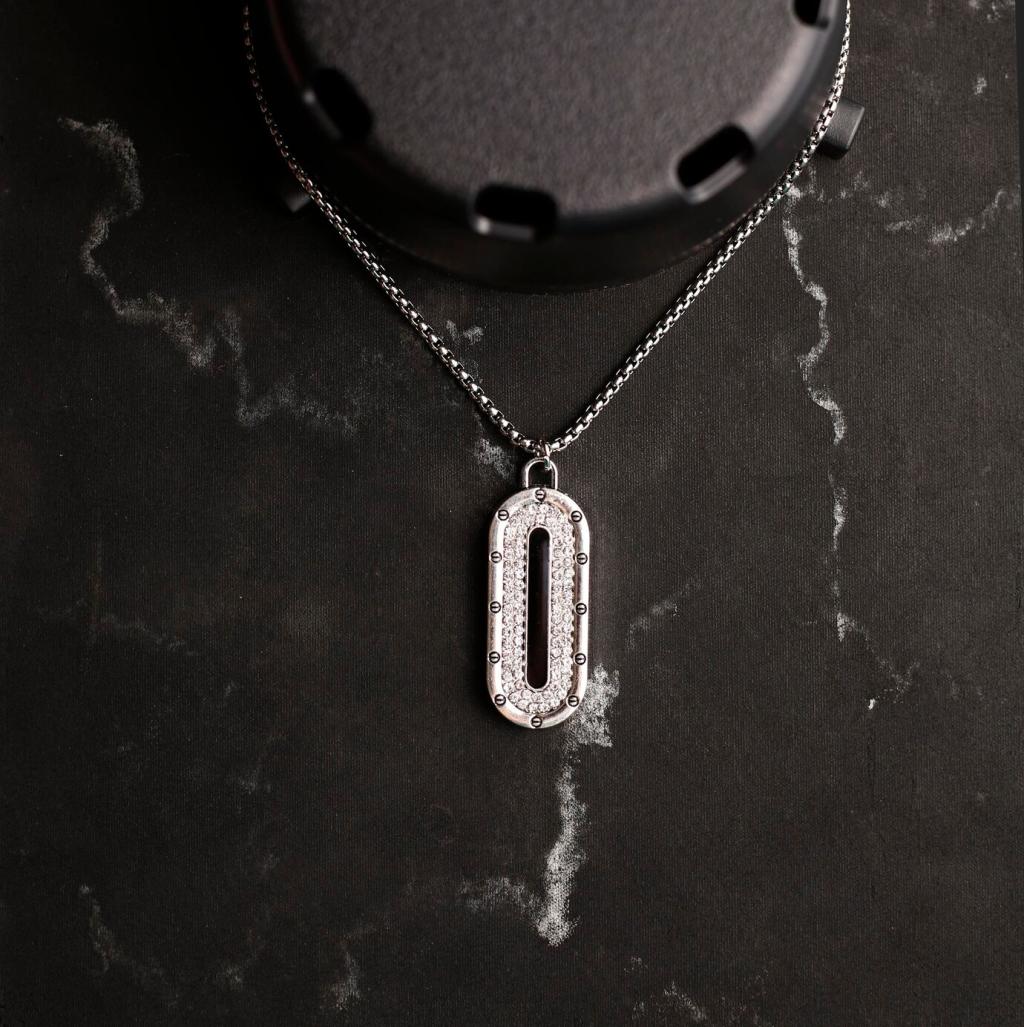Give Your Brand a Voice That Designs Can Speak
Today’s chosen theme: Enhancing Brand Voice in Design Copywriting. Step into a creative space where words and visuals align, and learn how to shape a voice that feels unmistakably yours across every button, banner, and screen. Join the conversation, share your experiences, and subscribe for deeper dives into voice-led design.





Buttons and CTAs That Sound Like You
Replace generic calls like “Submit” with verbs that express brand intent, such as “Send with confidence” or “Start the journey.” Keep them concise, test for clarity, and ensure every CTA’s tone supports the emotional state you want to create at the exact moment of interaction.
Error Messages with Respectful Empathy
Avoid blame and offer quick fixes. Instead of scolding, acknowledge friction and propose a path: “We couldn’t save just yet—your connection blinked. Try again or save a draft.” This voice reduces frustration, builds trust, and reflects a brand that stands beside users, not against them.
Empty States That Encourage Progress
Use empty states to teach and motivate. Offer a warm, branded nudge with a single helpful step and a small success story. These moments transform silence into guidance, nudging users forward with copy that feels like a kind teammate rather than a cold, indifferent interface.
Adaptive Tone: One Voice Across Many Touchpoints
Create a tone map that defines how playful, formal, or direct you are in low-risk versus high-stakes scenarios. For onboarding tips, stay encouraging; for billing, prioritize clarity and calm. This shared map helps teams adapt voice responsibly while preserving recognizable personality everywhere.

Measure, Test, and Iterate Your Voice
Signals That Matter: Clarity, Confidence, Conversion
Track comprehension, task success, and sentiment in usability sessions. Monitor support tickets for recurring confusion tied to phrasing. Pair these observations with conversion metrics to see how voice choices affect behavior. Use insights to guide small, deliberate copy refinements that compound over time.
A/B Tests That Respect Brand Integrity
Design tests that vary phrasing while protecting voice pillars. Keep hypotheses tight, measure more than clicks, and watch for unintended tone shifts. Document learnings so wins scale across patterns. The goal is not just higher numbers, but outcomes aligned with your brand’s personality and promise.
Voice Scorecards in Design Reviews
Introduce a lightweight scorecard that checks for pillar alignment, tone fit, and accessibility. Review copy and visuals together, not sequentially. Invite cross-functional feedback and capture decisions in your system. This ritual builds confidence and ensures voice quality doesn’t rely on individual heroics.
Start with a crisp problem statement, audience insights, and voice pillars. Review examples of on-voice and off-voice copy, then agree on success metrics. This clarity lets designers and writers move independently while staying aligned, saving cycles and preventing last-minute tone mismatches.

